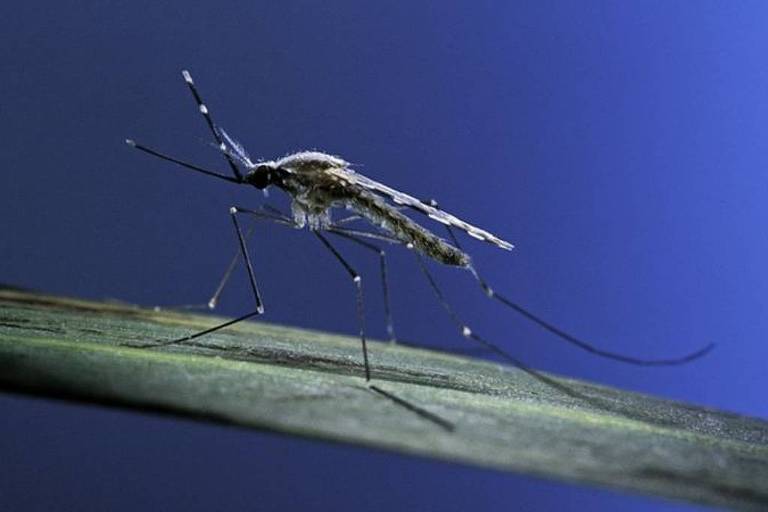The Ministry of Health recorded 33.3 thousand malaria cases in the Yanomami Indigenous Land in 2024, a number higher than the territory’s own population – which consists of 27.1 thousand Indigenous people, according to the 2022 census by IBGE (Brazilian Institute of Geography and Statistics).
Of the 33.3 thousand reported cases, 14,672 (44%) were in children aged 0 to 9 years. This is the age group with the highest incidence, followed by 10 to 19 years old, with 8,889 cases (26.6%).

The Anopheles mosquito is responsible for transmitting the protozoan that causes malaria. - Getty Images
The disease notifications in 2024 represent a 10.2% increase compared to 2023, when there were 30.2 thousand cases, and a 118% increase from 2022, when 15.3 thousand cases were recorded.
The data, compiled by the Ministry of Health’s Department of Health and Environmental Surveillance, was obtained by **Folha** through the Freedom of Information Law.
As part of the same request, the report also asked for data on Yanomami deaths throughout 2024, but the ministry denied it. The provided information on fatalities covers only the first half of the year. The ministry withholds the data.
In a statement, the Ministry of Health said that malaria deaths fell by 35.7% in a semester-to-semester comparison. According to the note, there were also more diagnoses, with a 73% increase in the number of tests, and more treatments provided by healthcare professionals.
[Read the article in the original language](https://www1.folha.uol.com.br/cotidiano/2025/03/malaria-chega-a-33-mil-casos-em-um-ano-na-terra-yanomami-e-quase-metade-e-em-criancas-de-ate-9-anos.shtml)